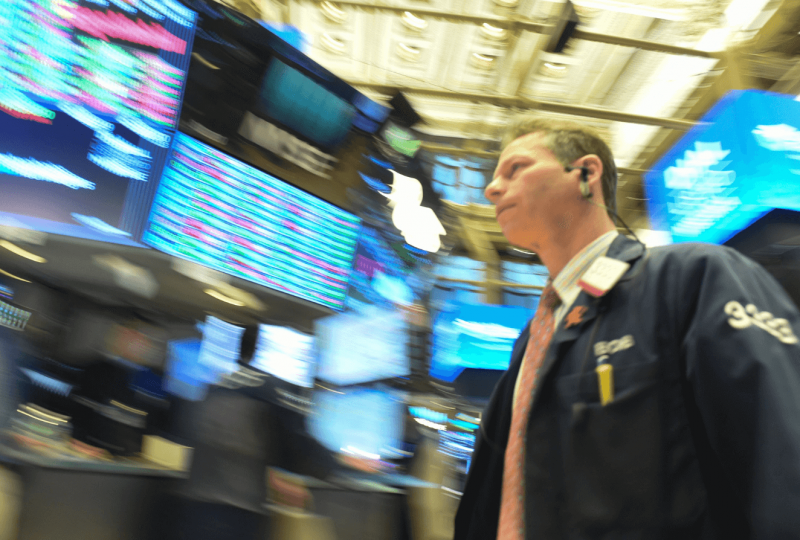Stock Market News Live Updates: S&P, Dow Close Slightly Lower Following Fed Decision
Jan 26, 2022

Markets closed neutral on Wednesday after the central bank's newest monetary policy decision, in which the Fed confirmed analysts' predictions that it was ready to start interest rate rises as the economic rebound proceeded and inflation rates kept rising. Yet, the Fed didn't provide detailed data regarding the timetable and pace of its balance-sheet cutting procedure.
The S&P 500 finished marginally down, having risen by over 2% at trading day peaks. The Dow finished weaker as well. The Nasdaq lost profits after surging more than 3% at session peak levels, finishing only marginally higher.
Investors were keeping a tight watch on the Federal Reserve's monetary policy statement on Wednesday, which hinted that central bankers were ready to start increasing interest rates from close-to-zero level, eventually considering the present state of the economy.
"With inflation well over 2% and a healthy employment market, the Committee believes it will be reasonable to raise the target range for the federal funds rate," the Federal Open Market Committee declared in a report. The FOMC also stated that it intends to keep reducing its securities purchases and would eventually finish these procedures at the start of March, therefore stopping the quantitative easing policy that had supported markets throughout the crisis.
Investors were forecasting a more aggressive Federal Reserve ahead of Wednesday's decision, as the central bank sought to control inflation, which is at its highest rate since 1982. The Fed had hinted for more than a month, via its December meeting minutes and public statements, that it was poised to start increasing interest rates from a near-zero level in March. It also hinted that it was contemplating starting to move assets off its balance sheet after building a bond portfolio worth $9 trillion.
"At this session, central bankers also decided on a brief set of guidelines for shrinking the Federal Reserve's balance sheet, emphasizing that interest rates would continue to be the primary policy instrument and that the FOMC plans to retain Treasury securities in the long term," stated Michael Pearce, senior US economist at Capital Economics. "Authorities said that they would begin that procedure 'once the process of extending the target range has been initiated,' which could happen as soon as March."
"We assume a decision is still a couple of sessions away, particularly as the announcement gave no indication of limits or how rapidly securities would be allowed to flow off its balance sheet," he remarked.
Although such indications on interest rates and the balance sheet decrease started to emerge a few weeks ago, investors have been looking for additional hints about how hawkish the Fed will eventually be. The S&P 500 fell for the sixth time in six sessions on Tuesday, increasing turbulence after Monday's wild ride. The index had dropped over 8.5% January to date as of Wednesday's closing, while the Nasdaq had entered correction territory, falling over 10% from its previous record peak.
"When you consider what has actually occurred in the market, you can see how sensitive market players are to what the new inflationary climate and liquidity situation will be," Citi chief investment officer and head of Citi global wealth management David Bailin said.
"The Federal Reserve made a dramatic turnaround several weeks ago when it announced it will both hike rates and contemplate quantitative tightening, which basically implies that you and I will have to pay the required debt issued by the Treasury rather than the central bank," he continued. "So, with all of that, I believe they'll look at what occurred in markets and conclude, "Our purpose here is not to stop the economy and slow things down." The purpose here is to demonstrate their desire to reduce inflation to the greatest degree possible."




